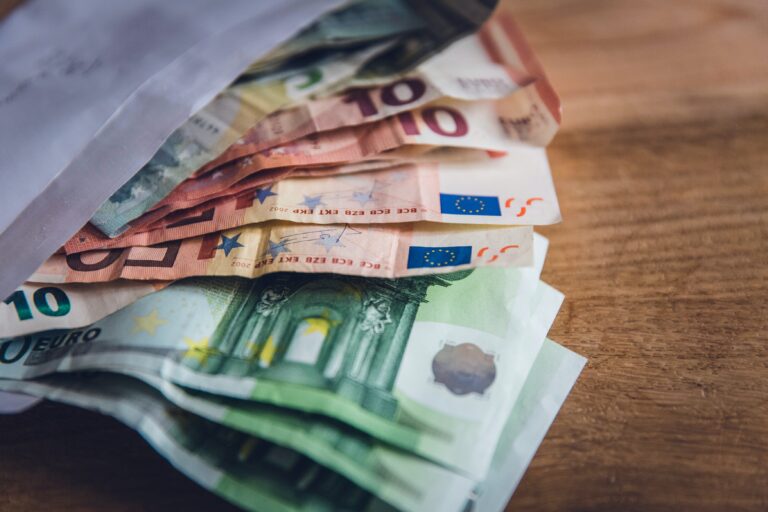
Morning Brief – Less Fireworks; more Firefighting
Less Fireworks; more Firefighting
Last night the Fed voted to keep US interest rates between 0%-0.25%. I’m not sure about you but having only recently witnessed emergency meetings slashing the benchmark rate and pledging to buy corporate securities the meetings seem somewhat mundane! Even if not quite as unexpected, the Fed’s decision last night has implications for a whole host of market participants. The Fed is currently buying about $20bn worth of US treasuries per week and last night it built up expectations that this monetary backdrop could last even longer than the market had previously thought.
Last night’s announcement comprised of the monetary policy decision, a press conference and the latest fed forecasts. Each of these three elements has a worthwhile story to tell. Firstly, the decision itself showed that the Fed does not expect rates to rise at all until at least the end of 2022. The announcement extended expectations of a protracted recovery and pinned yields at the far end of the yield curve at record lows. The factor blamed in this decision was unemployment.
This takes us neatly into the Fed’s predictions and point two. The latest forecasts from the monetary authority show unemployment falling to 9.3% on average this year. There is an anticipated improvement to 6.5% next year but the projections fall far short of the sentiment created after Friday’s stellar non-farm payroll report. Unemployment concerns undermined some of the recent recovery in asset valuations with stocks selling off heavily in Japan, Australia, Hong Kong and China this morning. The destabilisation of sentiment has also encouraged a bid into the US Dollar this morning thanks to an increase in global demand for defensive assets.
Ahead of last night’s decision the market was debating whether the Fed might embark upon a path of explicit yield curve control. Such a move is an extraordinary monetary policy tool explicitly limiting the range that debt instruments of all durations can trade within. It would be a hyper-dovish move from the Fed and the monetary equivalent, if you like, of a severe lockdown. The press conference made clear the Fed was not embarking upon this path and the Dollar has partially recovered this morning on the back of the Fed’s decision not to discuss this policy measure.
Discussion and Analysis by Charles Porter

Click Here to Subscribe to the SGM-FX Newsletter
Related Insights

Daily Brief – A weaker Dollar: Trump vs. Powell
A weaker Dollar: Trump vs. Powell The Dollar continued to lose ground yesterday as the truce between Israel and Iran appeared to continue to hold. There has been a noticeable return to focus upon macro and monetary influences in major currency pairs. Yesterday, Fed Chair Jay Powell provided his semi-annual monetary policy report before the […]

Daily Brief – Big Girls Don’t Cry
Big Girls Don’t Cry A bond market tantrum and one of the sharpest one day sell offs in Sterling for several years appear to have been catalysed by the Chancellor’s appearance in PMQs yesterday. First: the back story. This Labour government has faced some embarrassment in recent weeks trying to get its welfare bill through […]

Daily Brief – Next level
Next level EURUSD has managed a relatively smooth ascent to its current levels, around 1.18. That is despite significant resistance levels, most notably around 1.17. A large collection of option strike prices gathered around this key level and the price history of the pair shows us its significance. Sustained closes above this level since last […]



 Charles Porter
Charles Porter